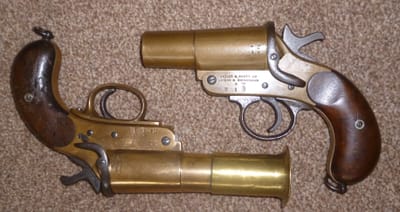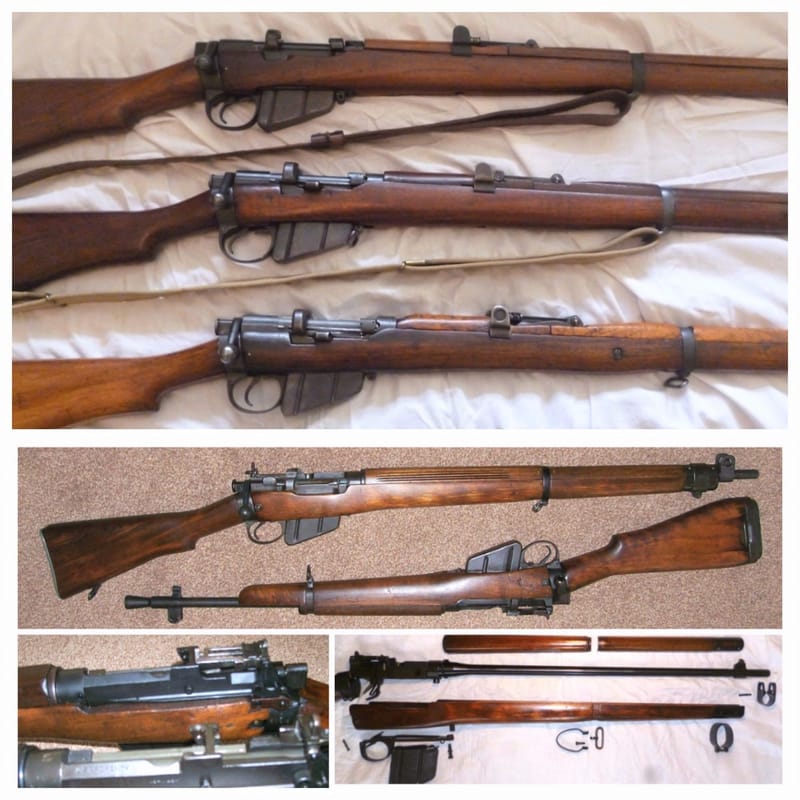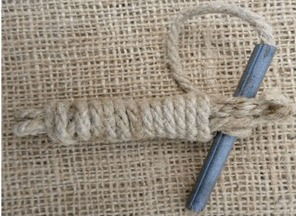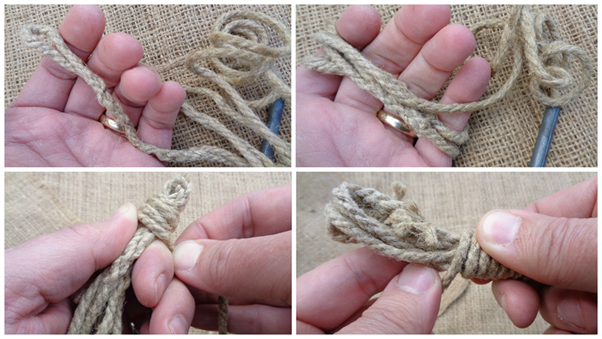I must admit to having something of a soft spot for the Lee Enfield series of rifles. The information in the articles are extracts from my books available on this sites store. I will also soon be adding a further book covering the No.4 (T) Sniper Rifle.
The Lee Enfield rifle in its many configurations was the backbone of the Armies of Britain and the Commonwealth for more than 70 years. During that period, it saw service in the far-flung corners of the World and in all that world`s extremes of weather. Desert, jungle, mud or snow, the Enfield went through it all and still came out shooting.
It was unquestionably the world’s greatest combat, bolt-action service rifle. With its fast, smooth action, the average soldier was capable of over 15 aimed rounds a minute, with many being able to double that. Sergeant Alfred Snoxall holds the record of the so called ‘mad minute’ with 38 rounds.
It is easy to clean, as it has no forward locking recess in the body, a 10-round magazine -compared to its contemporaries 5 rounds- a 20% shorter bolt stroke and rotation -when compared to a Mauser- and the ability to work the bolt without having to take the rifle off target. I know it is said that with their forward locking lugs and one-piece stocks, the Mauser type rifles were capable of greater accuracy. Target rifle accuracy is not, however, the only requirement in a combat service rifle.
During World War One, it more than proved its worth to its doubters. In 1914 at Mons in the hands of the troops of the BEF (British Expeditionary Force), it helped to slow the German advance with the rifle`s rapid and accurate fire. This fire leading, it is claimed, to the Germans believing they were coming under heavy concentrated machine gun fire.
`







